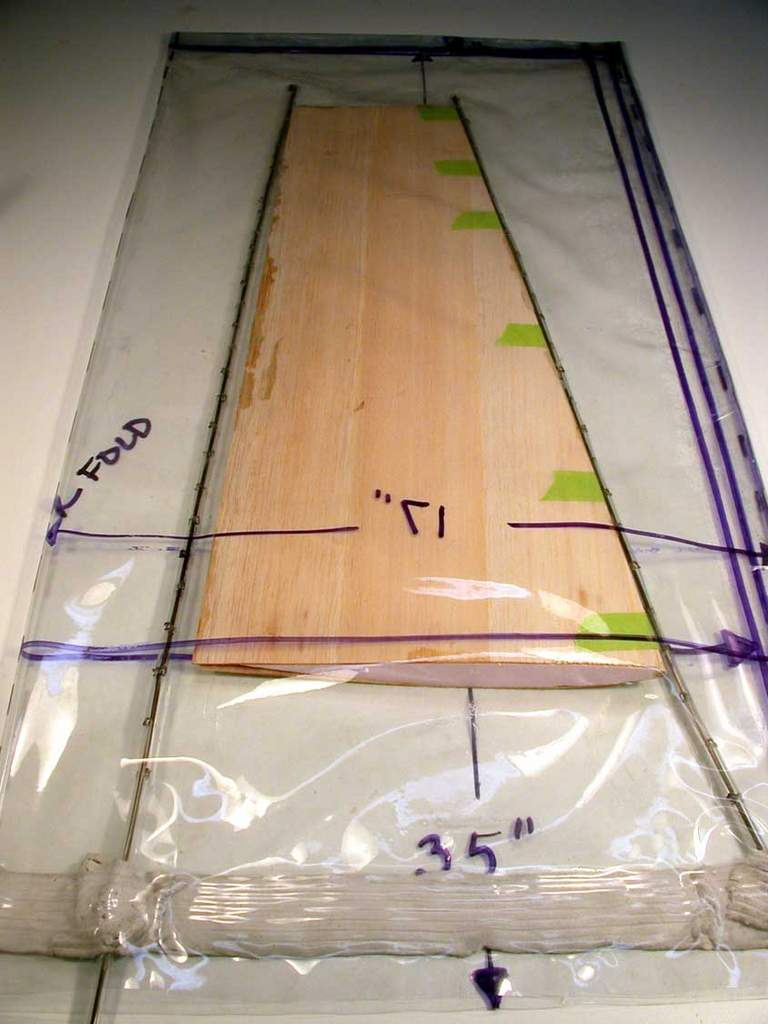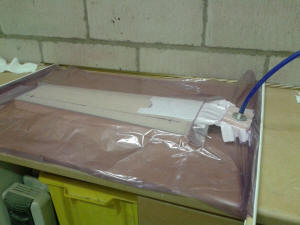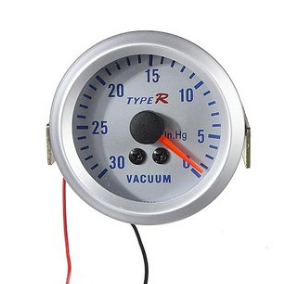I have been hot wire cutting for a few years now. My current process to stiffen and cover the wings has been to put internal spars top and bottom, wrap in filament packing tape, and than finish with 5mil iron on laminate. This process works amazing well on a "thicker" airfoil like flying wings for fpv where you want a thick airfoil so you can bury a big lipo battery. The insulation foam wing is extremely rigid, even on my 90 wingspan wing. But this does make a heavier plane and the finish is not that great.
Recently i got interested in slope soaring. These are much much thinner airfoils. I would always avoid doing these by hand as i had trouble cutting the wings that thin but now that i have a cnc to cut them it is no different than cutting any other wing out. The problem now is how to keep the wings rigid and strong given the amount of force they are applied. Also recently i had the chance to go thru a few of the blejzyk slope soaring kits while at aloft hobbies. These wing are amazingly pretty.
At the same time in the past week i have had a breakthrough in my research of the different processes and came to the realization that it is very easy and cheap to get started.
At the moment i am planning on starting out with gorilla glue as my glue and 1/32 balsa sheets as my covering material. I will use this to practice and make a couple planes. My current goal is to make it to epoxy and fiberglass covering when i am comfortable with the process.
Gorilla glue and balsa is a proven method and depending on who you talk to or read it is superior in weight to strength vs fiberglass planes. So it may turn out to be something i am fine with and keep doing it.
Equipment:
Pump: Basically anything that pulls a vacuum. A hand pump from the car section for pulling break lines, a fish tank pump, an old compressor from a refridgerator. So obviously this can be in the $FREE-whatever range. Obviously a hand pump is going to take a LONG time to evacuate a large bag. Thats fine if you dont care, but you need to make sure your glue's working time fits into that so its tight well before it starts setting up.
Bags: Food save bags, vacuum space saving bags for clothing, plastic sheets, plastic tubing, on up to specific use vacuum bagging bags.
Connectors: A way to connect the pump to the Bags. Basically anything that will hold a vacuum and connect your parts. Rigid water parts, gas parts, tubing. You want tubing that will not collapse on itself in a vacuum.
You will probably also want some kind of pressure gauge eventually. You can create crazy amounts of pressure even with a little vacuum pump. Were talking the equivalent of like 5,000lbs+ sitting on top of the foam. You can totally crush the foam flat. The other side is that you could be applying too little pressure and the materials do not bond as well as they could.
And than you need glue and covering material obviously.
Now as far as thinking outside the box on this i found this interesting setup. Its for vacuum forming skate board decks:
Its called a Thin Air press kit and the bag is14"x47". It comes with some breather cloth, so all the air comes out and doesnt get trapped, a one way valve on top which you can quickly evacuate using a shop vac, and than a little hand pump to create negative pressure.
My current plan is to pickup a little vacuum pump from banggood for about $20, some space saver vacuum bags from Homedepot, these are made to hold queen size bedding, a couple premade ports insert into the bag for the vacuum hose to connect too, and than when i get these items go the hardware store and find the tubing/parts i need to connect them up.






































